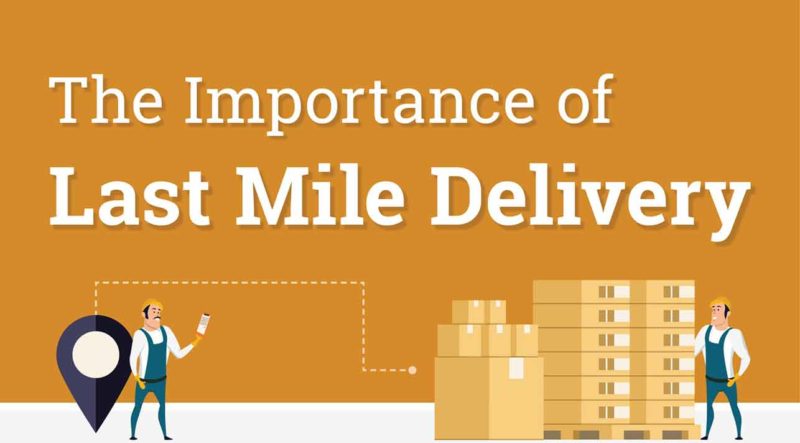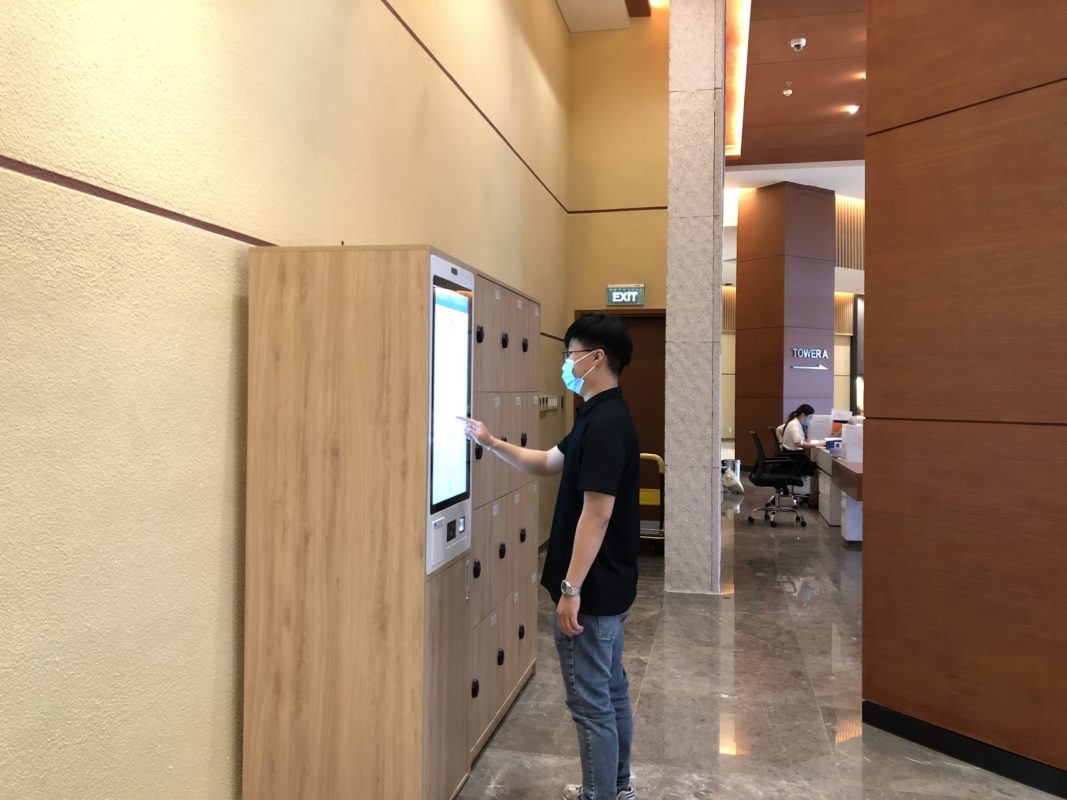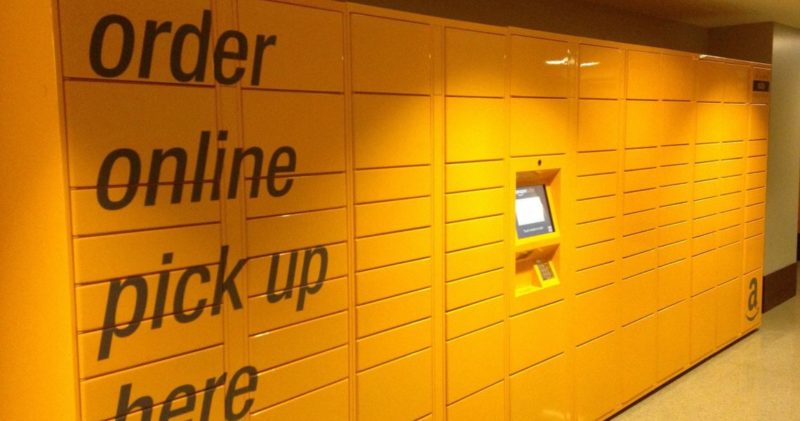What are the solutions for pickup and delivery locker in the future?

Almost every product that is already available at stationery stores is now available online, including clothing, personal care items, household appliances, food and beverages, etc. The options for purchasing and selling are increased because there are no geographical restrictions. Logistics, particularly the delivery of the product to the customer, are the only constraint. Because not all merchants provide this option, it is not always possible to send a product to every location.
Customers have accustomed to convenience thanks to online buying. Anytime, anyplace, they can search for products and place orders for them. They also have comparable expectations for how their packages are delivered; they want to have a say in where and when their online purchases are delivered. Additionally, this coincides with longer work hours and a more active lifestyle. Therefore, the logistics services are impacted by e-commerce and how it is run. E-customers want to be able to pick up their orders at any location and time in addition to receiving them swiftly and for free.
Most of the items that customers order online are delivered by courier to the specified location. Deliveries made door-to-door are not always convenient because the customer either needs to wait for the courier at home or is not home when the courier tries to deliver. As a result, substitute services have been developed to address this issue.
I. Last mile – the last leg of the delivery process

Due to the fact that it is the only point of direct interaction between the courier firm and the recipient, the last mile is one of the most crucial stages of the online order process and a crucial touchpoint in the e-customer experience. The courier takes on the role of the seller’s agent.
The Internet was first primarily utilized for corporate collaboration. As was already said, B2C transactions are starting to predominate in today’s e-commerce. The so-called final mile service has emerged in both B2B and B2C. It is the last step in the process of having a courier deliver a package to the location that the customer has specified. The parcel typically arrives at the customer’s home or place of employment.
The hardest part of e-commerce logistics is handling the last mile. A courier picks up each package from the warehouse and delivers it right to the customer. The recipient’s address must still be accurately determined by the courier in order to select the delivery route in the most effective manner. The consumer must also be home at that time in order to pick it up.
II. Door-to-Door Delivery – From consignment warehouse to receiving warehouse

Prior to a few years ago, courier services and postal workers were mostly used to deliver things that were ordered online. The public can now use CEP services thanks to the e-commerce industry’s rapid development (mainly through courier brokers). The door-to-door system and quick delivery times are the main benefits of courier services. To use this service, neither the sender nor the recipient of the shipment must leave their homes.
Delivery often occurs the following business day. The drawbacks of this method include a rather high service cost, a lack of information regarding the precise delivery date, challenges locating the correct address, or the addressee’s absence. The main issue is the last one. Some clients experience anxiety because they are not home when a package is delivered.
To mitigate the effects of issues brought on by deliveries to specific clients, CEP operators adopt a number of steps. Sending a notification to the receiver about an incoming package is one option. As a result, deliveries made on the first try are more successful because the recipient may better prepare for the shipment’s collection. The possibility of card payment for COD orders is another approach that enhances the final delivery phase.
Changing the delivery window for shipments to coincide with the recipient’s presence at home is an even better approach. Deliveries to specific consumers consequently take place in the late afternoon and evening.
The ability to control the delivery location and time is another feature provided by CEP operators. Thanks to specialized IT solutions created to facilitate interactive delivery management, it is conceivable. The customer is informed well in advance of an approaching cargo and has the option to adjust the delivery date, redirect the shipment to a different location, or choose a delivery window to a particular address.
III. Out-of-home delivery – The combination of parcel lockers and Pickup-Dropoff points.
Out-of-home delivery includes the client in the final mile. Customers are required to perform some of the duties that the courier would typically perform, including going to the OOH point and picking up their packages on their own. OOH most frequently appears as a parcel locker or PUDO (pick up drop off) facility.
Parcel lockers

An automated parcel machine (APM), sometimes known as a parcel locker, is a device used for both the delivery and pickup of packages. It typically includes numerous boxes. The Internet of Things connects lockers to the hub and spoke network. Unattended delivery refers to such devices because they are typically open 24/7 and are totally self-service.They are reachable by smartphone applications, QR codes, or digital pickup codes. These devices are typically found in easily accessible and heavily used sites, such as public buildings, transit hubs, and open spaces in residential neighborhoods.
Additionally, there are restrictions on the size, shape, and weight of shipments. Additionally, in rural or sparsely inhabited locations, there are either no or very few amenities of this kind. For those who are unable to pick up the package, such as those with impairments, this may be a barrier. Larger items like tires, refrigerators, washing machines, and garden equipment are also problematic. The weight and size of a shipment are limited by the parcel processing equipment.
Lockers for packages are increasingly being given new features. They can be used, for instance, for cash on delivery, money withdrawals (ATM function), charging a car or scooter (e.g., InPost), and grocery shopping (automated food locker by Cleveron). They are also referred to as “smart locker systems” for this reason.
The majority of parcel lockers typically link online to the network operator’s system and update data whenever a parcel’s status changes (delivered, waiting for pickup, collected). That makes it feasible to monitor which lockers are filled or vacant.
Pickup-Dropoff points

PUDOs are unique locations where packages can be left or picked up. These locations are convenient for clients to get to and are frequently attended by them. They are commonly situated close to the recipient’s home or workplace, in their preferred mall, and have extended hours.
This service evolved from the click-and-collect idea, but subsequently moved some of their purchases online. Customers might avoid waiting for the courier and paying for delivery because of it.
With PUDO, issues with finding the right address or the recipient being away from home are resolved. It’s quite easy to use this style of delivery. It is sufficient to choose the right location and pick up the shipment later while shopping online. The consumer considers the distance from their home or place of employment when picking a point, therefore the density and dispersion of the facilities are crucial.
Because there is nowadays a very strong trend toward the growth of the PUDO service, CEP operators keep growing their point network both independently. They market it as easy for the clients because they may pick up or mail a package at a time and location of their choosing. The price of delivery to the locations of sending or collecting a package is less expensive than the price of door-to-door courier services because of the increased consolidation of shipments.
However, the customer’s price may not always be reduced as a result. When the courier is unable to deliver the package to the intended recipient, some shipments are rerouted, and others are sent straight to the PUDO locations. As a result, the cost of managing shipments at certain places as well as the cost of delivery to those points are created.
